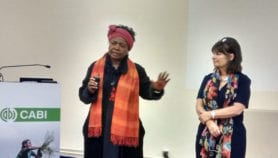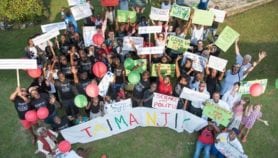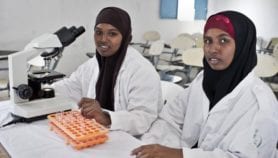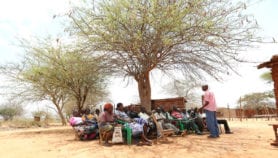By: Katie Mantell
Send to a friend
The details you provide on this page will not be used to send unsolicited email, and will not be sold to a 3rd party. See privacy policy.
Renewable energy use in Latin America and the Caribbean should be increased to at least 10 per cent of energy consumption by 2010 as part of a global strategy to achieve sustainable development, according to the region’s environment ministers.
At a meeting in Sao Paulo, Brazil from 15 – 17 May, ministers from across the region pledged to increase their “use of renewable energy” and to install “cleaner production centres in all the countries of the region”.
The meeting was held to draw up a common negotiating position for Latin American and Caribbean countries on various topics — ranging from biological diversity to health — at the World Summit on Sustainable Development, which will take place in South Africa later this year.
The Latin American stance on renewable energy represents a more ambitious goal than that proposed in earlier global discussions in preparation for the Summit, which had proposed a global target of 5 per cent use of new renewable energy sources by 2010.
Despite this difference, José Goldemberg, Secretary of the Environment of Sao Paulo, is keen to see the region’s proposals for renewable energy adopted at the Summit.
“Renewable energy sources – including biomass, solar, wind, geothermal and hydropower – not only use indigenous resources but also have the potential to provide energy services with zero or almost zero emissions of both air pollutants and greenhouse gases,” he said at the ‘State of the Planet 2002’ conference on science and sustainability at the Columbia Earth Institute, New York on 13 May.
© SciDev.Net 2002
See also:
Latin American and Caribbean Initiative for Sustainable Development (the text adopted at the 15 -17 May meeting) . Also available in Spanish .
More on Networks
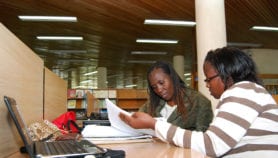
Script media release
Journalists offered ‘big break’ mentoring opportunity from Radio Nigeria
03/04/19





